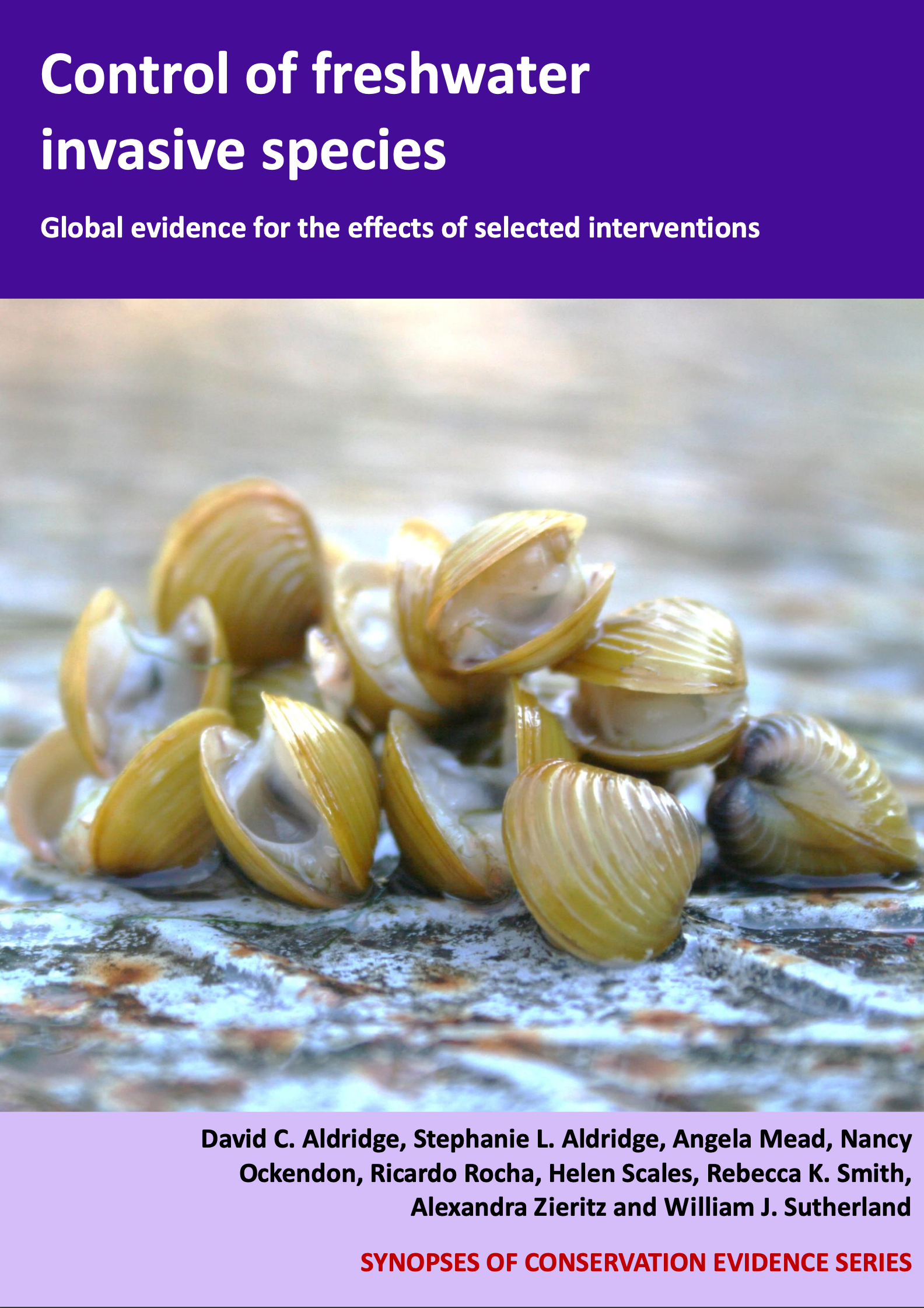Parrot’s feather: Reduction of trade through legislation and codes of conduct
-
Overall effectiveness category Likely to be beneficial
-
Number of studies: 2
View assessment score
Hide assessment score
How is the evidence assessed?
-
Effectiveness
60% -
Certainty
45% -
Harms
0%
Study locations
Supporting evidence from individual studies
A study between 2008 and 2010 in Connecticut, USA (June-Wells et al. 2012) reported that banning the trade of parrot’s feather Myriophyllum aquaticum did not eliminate the trade in the species. After a state-wide trade ban, parrot’s feather was available for sale in two out of 23 stores surveyed in 2008 (9%) and in one out of 47 stores surveyed in 2010 (2%). Additionally, in 2010, five stores sold a Myriophyllum species that could not be identified through morphological or molecular techniques. Nearly 30% of the stores surveyed sold aquatic plants banned in the state of Connecticut. At each store, authors purchased any aquatic plants that morphologically resembled a species banned in Connecticut. The species of the specimens purchased was identified morphologically and through DNA sequencing. Authors did not present the date of the trade ban.
Study and other actions testedA replicated, randomized, before-and-after trial between 2010 and 2012 in the Netherlands (Verbrugge et al. 2014) reported that the implementation of a code of conduct reduced the trade of aquatic plants banned from sale (group that included parrot’s feather Myriophyllum aquaticum). The number of batches of banned species found per store visited was higher in 2010 (prior to the implementation of the code of conduct; 0.72 batches/store visited), than in 2011 and 2012 (after the implementation of the code of conduct; 0.03 batches/store visited). Results were not subject to statistical tests. Number of addresses selling aquatic plants visited was 133 in 2010, 107 in 2011 and 76 in 2012. In addition to parrot’s feathers, species banned in the Netherland and counted during the study included Crassula helmsii, esthwaite waterweed Hydrilla verticillata, floaring pennywort Hydrocotyle ranunculoides, water primrose Ludwigia grandiflora, creeping water-primrose Ludwigia peploides and variable-leaf watermilfoil Myriophyllum heterophyllum. The code of conduct aimed to reduce the introduction and spread of invasive aquatic plants and was developed in partnership between the government and the horticulture sector.
Study and other actions tested
Where has this evidence come from?
List of journals searched by synopsis
All the journals searched for all synopses
This Action forms part of the Action Synopsis:
Control of Freshwater Invasive Species
Control of Freshwater Invasive Species - Published 2017
Control of Freshwater Invasive Species Synopsis





)_2023.JPG)














